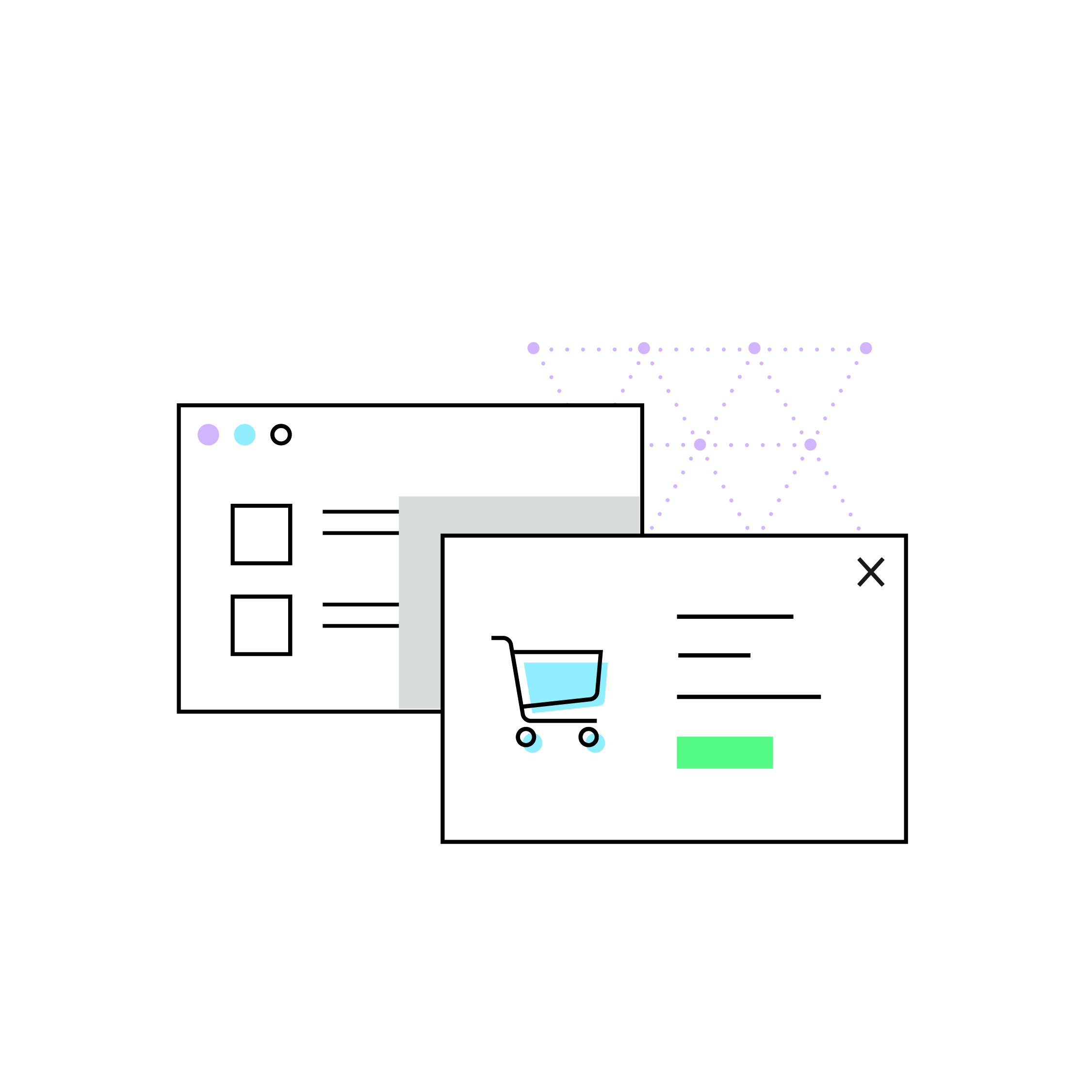Black Friday & Cyber Monday e-commerce and sales tax trends in the age of COVID-19
by November 1, 2023
Please note: This blog was originally published in 2020. It’s since been updated for accuracy and comprehensiveness.
Searching for trends in a year like 2020 might seem like a bit of a contradiction. After all, it’s the year when every other sentence seems to start with “unprecedented.” But delving into Black Friday / Cyber Monday e-commerce data this year actually gives us some enlightening clues – not only about e-commerce trends year over year, but about the shift in our economy going into the holiday season. What happens to e-commerce in a year when more people are working from home? How do retailers shift their holiday sales strategies and expectations when so many consumers are shopping online, not in physical stores?
As a sales tax software company, we have a unique view into e-commerce purchasing patterns. We can look at aggregate numbers to see what types of items are being purchased, where they are being purchased, at what scale, and when. For this piece, we analyzed a variety of data processed by TaxJar over the Black Friday / Cyber Monday weekend including: traffic to our sales tax calculations API, total value of sales tax calculations on orders, sales tax receipts, and order values. What we found will give you a glimpse into holiday shopping in the age of COVID-19.
Order traffic by day
Since the beginning of COVID-19 in March, consumers have been shopping online more than ever before. That, of course, means that e-commerce providers have needed to calculate sales taxes at a greater frequency than ever — ensuring compliance while still delivering customers a top-notch experience.
In the month of November, leading up to the Black Friday / Cyber Monday weekend, our API was averaging about 4.1M sales tax calculations per day. But over Black Friday / Cyber Monday weekend, that already impressive number skyrocketed. Our API traffic increased by 88% to 7.7M calls per day.
Let’s take a closer look at the breakdown of that traffic:
As you can see, sales tax calculation requests nearly doubled between Thanksgiving Day and Black Friday. Traffic slowed down a bit over Saturday and Sunday, but was still well above our normal traffic volumes. On Cyber Monday, traffic to our API shot up again, but fell short of the levels we saw on Black Friday. Although Cyber Monday has traditionally been the busiest online shopping day of the holiday season, according to our data, Black Friday eclipsed it this year to earn the title of top holiday shopping day of the season.
So, what does all of this mean? Well, for starters, it shows robust e-commerce sales that could point to a strong holiday shopping season online. But it also illustrates another trend — the merging of Black Friday and Cyber Monday into a single shopping event that extends almost a week.
In addition to measuring traffic by day, we were also curious if shopping peaks varied by time of day over the holiday weekend. According to our TaxJar API data, these were the top five shopping hours of the weekend:
For years, people have lined up at brick-and-mortar stores before dawn for their Black Friday deals, but this data shows a different story online. Rather than trying to beat others to be first in line, we’re seeing a last minute surge at the end of the day for e-commerce merchants. Three of the top five shopping hours over the weekend were in the evening on Cyber Monday. It’s now imperative that online shopping experiences run at scale almost 24/7 – and the TaxJar API performance over Black Friday and Cyber Monday shows we can meet the demand.
Average order size
After we looked at when consumers were shopping the most over the Black Friday / Cyber Monday weekend, we wanted to examine the size of the purchases to see how they compared to a normal shopping day. For the month of November, excluding Black Friday and Cyber Monday, the average order size processed by TaxJar was $75.98. On Black Friday & Cyber Monday, the average order size processed by TaxJar rose to $87.22, representing a nearly 15% increase in order size. Not only were consumers shopping more frequently during the Black Friday / Cyber Monday weekend, they were spending more too.
Top five states where retailers reached economic nexus for the first tme (November 2020)
Knowing when, where, and how much customers are spending when shopping is critical to another core part of an e-commerce retailer’s economic strategy: understanding the nexus threshold. Every state has its own rules determining when a business reaches economic nexus and needs to pay sales tax.
After analyzing data from TaxJar’s Economic Nexus Insights dashboard, we determined the top five states where TaxJar customers met economic nexus for the first time in November.
Kansas might seem an odd contender to top the list, but there’s a good reason for it: Kansas doesn’t have a revenue threshold for remote sellers. All businesses regardless of their total sales are required to collect and remit sales tax to the state as soon as they make one order in Kansas. Read more about the economic nexus laws in Kansas here.
Regional sales tax calculation volume
Finally, we looked at which states we received the most API traffic from over the Black Friday / Cyber Monday weekend to determine where people were shopping from the most. Prior to reviewing the data, we projected that the top five most populated states in the U.S. (California, Texas, Florida, New York, and Pennsylvania) would have the most online shopping traffic. Although four of those states made the list, our data showed more online shopping traffic from Illinois, pushing Pennsylvania out of the top five.
Stay ahead of e-commerce growth & compliance
While it may feel like nothing in 2020 resembles years past, looking at the data through the lens of sales tax, we see that Black Friday and Cyber Monday continue to show strong sales for e-commerce. There also seems to be a merging of the two holiday shopping events into a single, extended sale.
This growth is good news for e-commerce merchants, but it also demonstrates a need for them to prepare now for reaching new economic nexus thresholds in more states. And with the increase of e-commerce sales overall through the pandemic, merchants need a way to handle complex sales tax calculations seamlessly, while still delivering customers a positive, hassle-free experience.
To discover how TaxJar can help automate sales tax management, sign up for a free trial today.








